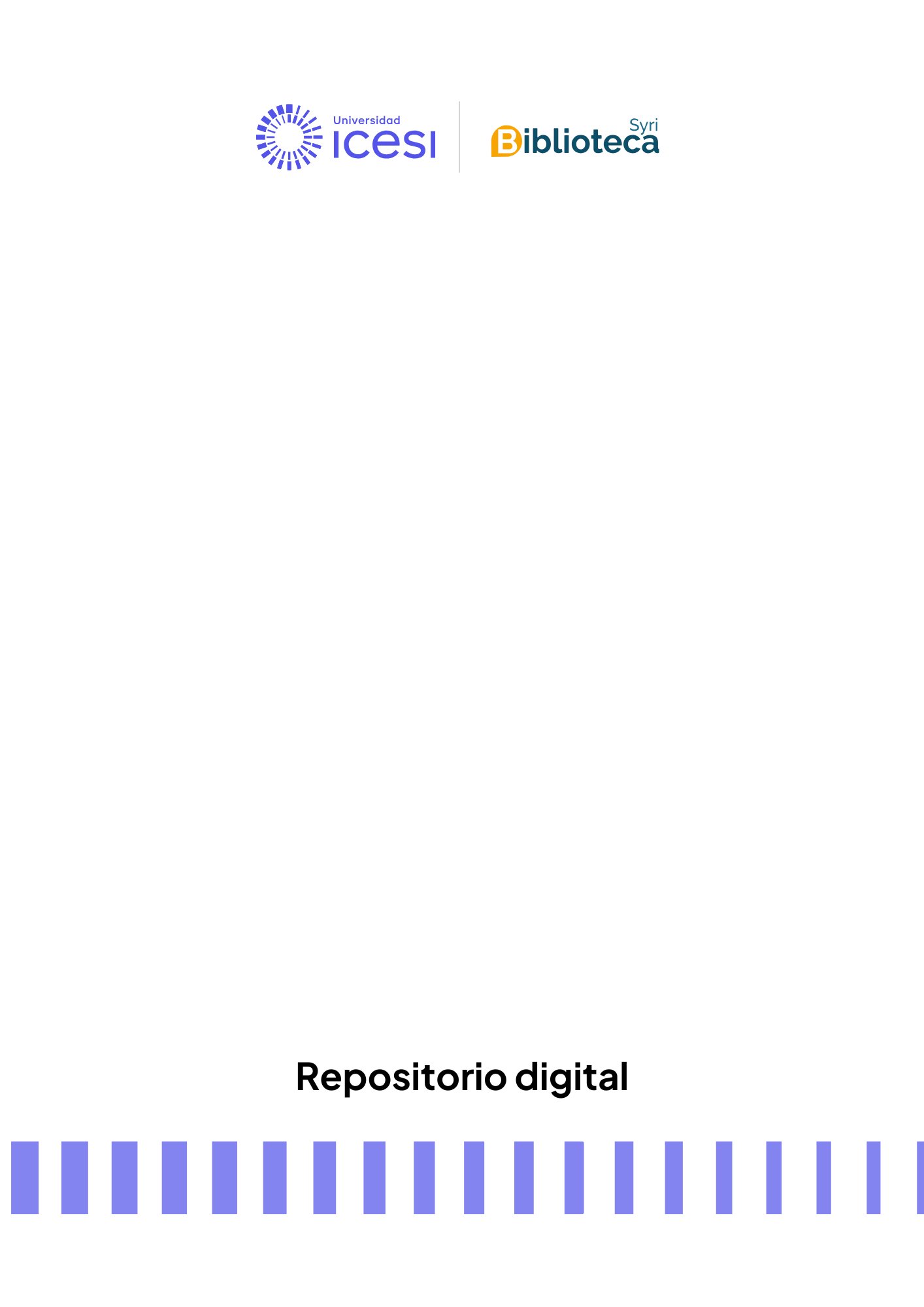Autómatas celulares: mejoras de control e inmunidad en la simulación de fenómenos propagativos

Archivos
Fecha
Director de tesis/Asesor
Título de la revista
ISSN de la revista
Título del volumen
Publicador
Editor
Compartir
Resumen
Abstract
Two-dimensional cellular automata are a powerful tool for the simulation of complex discrete systems. They are useful in the treatment of propagative phenomena such as epidemics or fires. This paper proposes a series of theoretical, functional, and applicable improvements to the study published in 2009 by Hoya, Martin del Rio, and Rodríguez; it is specifically aimed at controlling the spread patterns in cellular automata with homogeneous resizable lattices, allowing the simulation of immune cell assemblies that act as barriers in the environments studied. As retardant agent, the Susceptible-Infected-Recovered [SIR] epidemiological model of influenza type A was used. The work was developed using MATLAB®, resulting in a collection of more realistic and versatile simulations that seems to fi, in a more accurate way, the observations made on known patterns of influenza.

